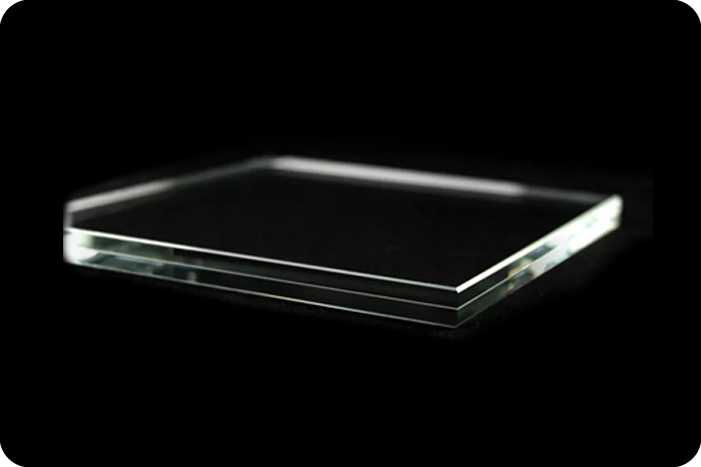The automotive industry thrives on innovation, where every component contributes to safety, aesthetics, and functionality. Among these components, low reflective laminated glass has emerged as a vital material, redefining the standards of modern vehicle design. Its unique properties make it indispensable across a range of applications, offering both practical and aesthetic advantages.
Enhanced Driver Visibility
Low reflective laminated glass is engineered to minimize glare and maximize clarity. By reducing light reflection, it ensures superior visibility, especially during nighttime driving or adverse weather conditions. Drivers benefit from an unobstructed view of the road, significantly improving safety and reducing eye strain.
Advanced Safety Features
Safety is paramount in automotive design, and laminated glass plays a critical role. Unlike ordinary glass, this material comprises two or more layers bonded with a robust interlayer, usually polyvinyl butyral (PVB). In the event of an impact, the glass remains intact, preventing shards from scattering and reducing the risk of injury. This shatter-resistant quality makes it a standard in windshields and side windows.
Superior Acoustic Insulation
Modern vehicles are expected to deliver a serene cabin environment. Laminated glass, with its sound-dampening interlayer, minimizes external noise intrusion. This acoustic insulation elevates passenger comfort, particularly in luxury vehicles where silence is a premium feature.

Thermal Efficiency and UV Protection
The interlayer in laminated glass not only enhances safety but also contributes to thermal regulation. It filters out harmful ultraviolet (UV) rays, protecting passengers and interior materials from sun damage. Additionally, it improves energy efficiency by reducing the load on air conditioning systems, a feature increasingly valued in electric and hybrid vehicles.
Aesthetic Versatility
Automotive designers leverage the versatility of low reflective laminated glass to create sleek, futuristic designs. From panoramic sunroofs to frameless windows, this material supports creative freedom without compromising functionality. Its ability to integrate smart technologies, such as heads-up displays (HUDs) and touch-sensitive panels, further enhances its appeal in cutting-edge vehicle models.
Applications in Autonomous and Electric Vehicles
The rise of autonomous and electric vehicles has expanded the applications of laminated glass. For autonomous vehicles, its clarity and strength ensure optimal performance of LiDAR and camera systems. In electric vehicles, the glass’s thermal and acoustic properties contribute to efficiency and passenger comfort, aligning with the industry’s sustainability goals.
Low reflective laminated glass is more than a structural element; it is a cornerstone of modern automotive innovation. Its contributions to visibility, safety, comfort, and design underscore its significance in an industry that constantly pushes the boundaries of technology and style. As the automotive sector evolves, the role of this versatile material will only grow, shaping the vehicles of tomorrow with ingenuity and precision.





